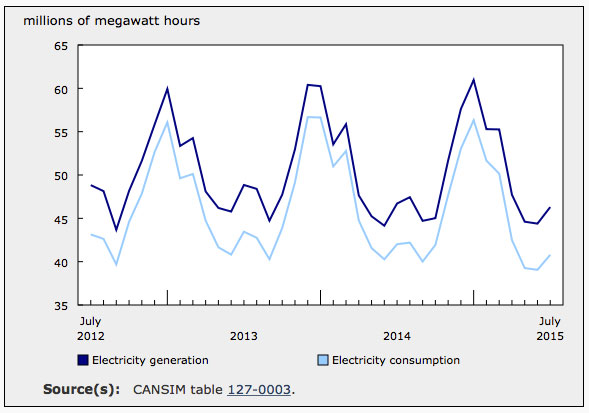Tips When Developing a Mentorship Program

Key considerations:
• Determine the actual purpose, output and/or outcome the organization is trying to achieve with the program:
o ensure the feedback is regular, holds to a clear schedule for a constant channel of feedback(i.e., how long does the mentorship program last?Is there a time limit: four months, eight months,two years, etc.? How many checkpoints are therebetween the mentor and mentee?).
o ensure the program clearly outlines what will beshared: learnings and key lessons from senior leadership to manager/directors (succession planning); how is this aligned with succession planning needs?
• Determine the resource requirements (e.g. financial,if any) and, most importantly, the time commitments from both mentors and mentees.
Here are three different types of mentorship models:
A. Reverse mentorship – millennial mentors executive and executive mentors millennial
• Millennial can teach executive the possible ways of using social media to increase brand awareness or sales; used as a brainstorm and promotes open channels of dialogue
• Executive can mentor millennial and help them understand a different sides of the business, strategic thinking. and/or critical thinking. Optimal for succession planning, retention and professional development
B. Group mentoring
• Leadership circles: these can be held in-person or by using a digital social platform for the entire company and/or specific divisional groups.The leadership circles allow groups to teach one another about different topics and subjects
• Enables peer-to-peer learning on a social collaboration platform
C. Anonymous mentoring
• Uses psychological testing and background review to match mentees with trained mentors outside the organization (industry wide). Providesa n opportunity for honest, timely and useful coaching

















